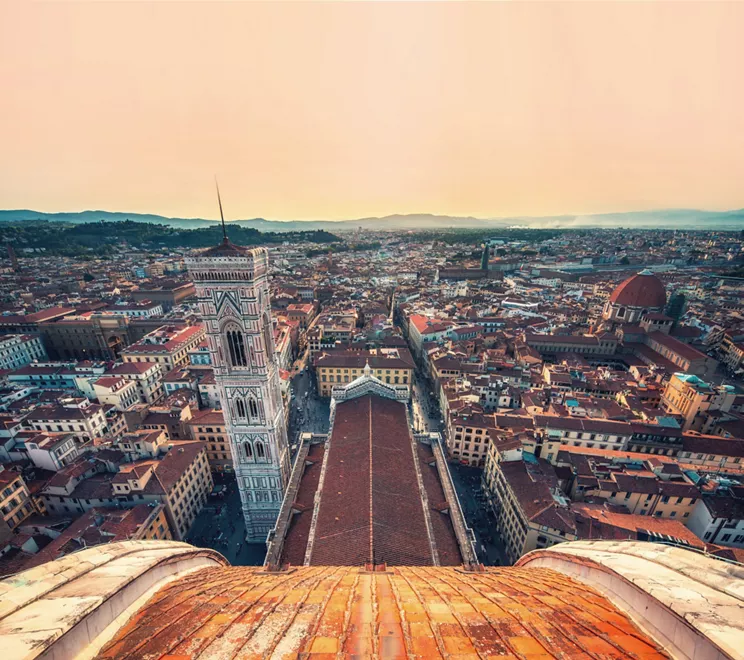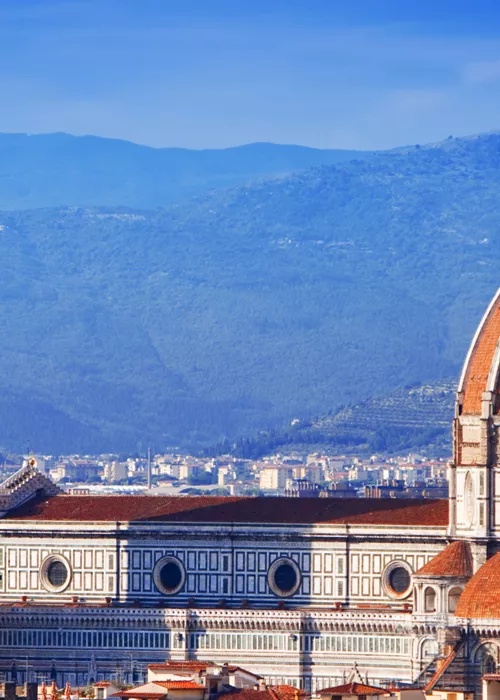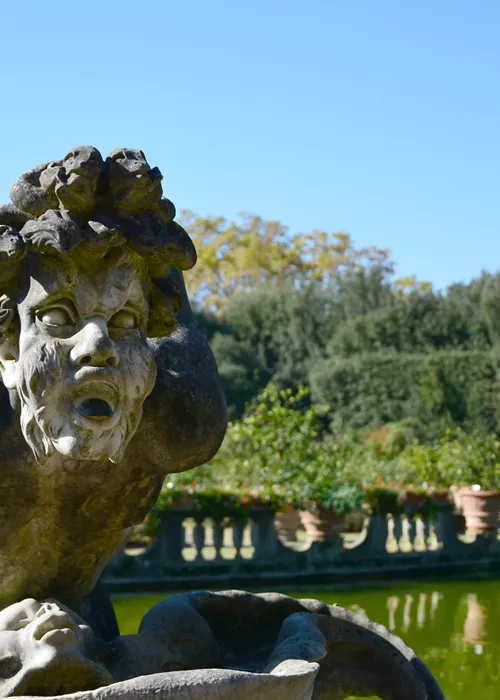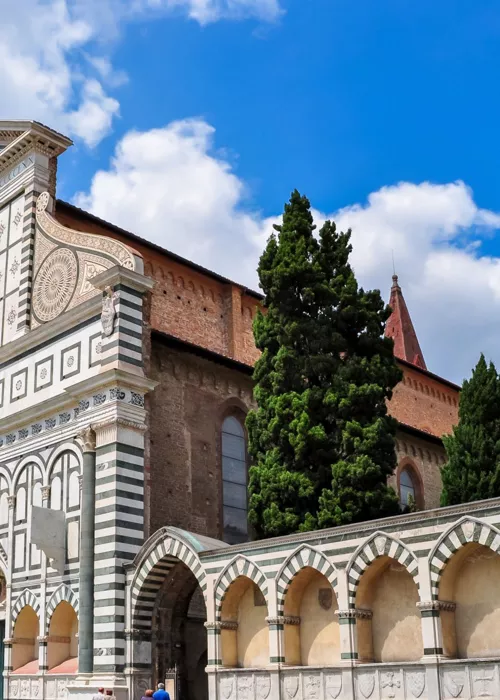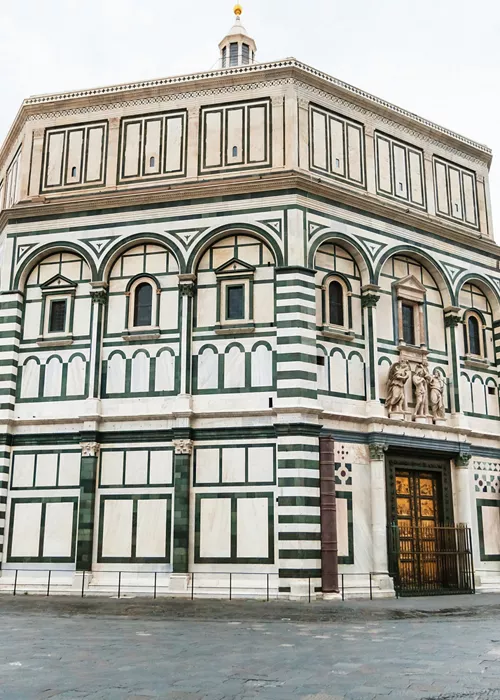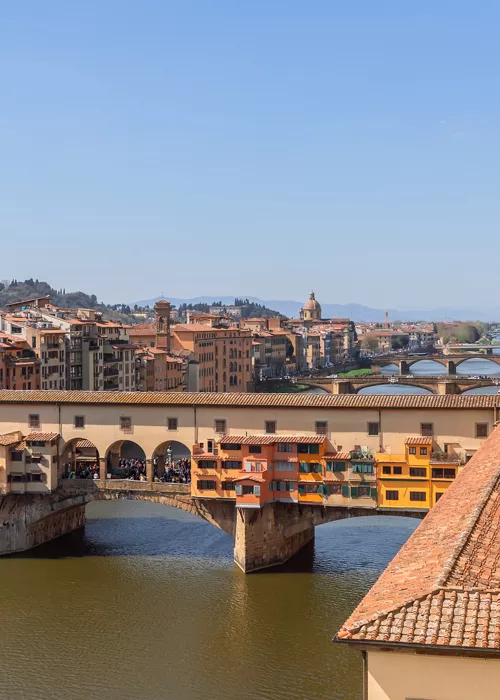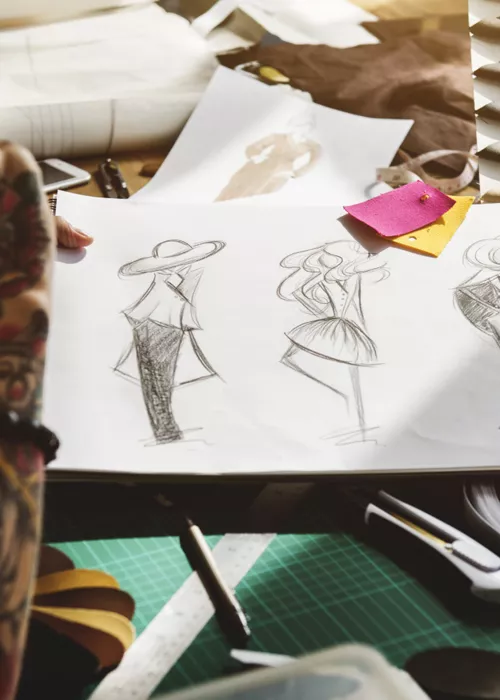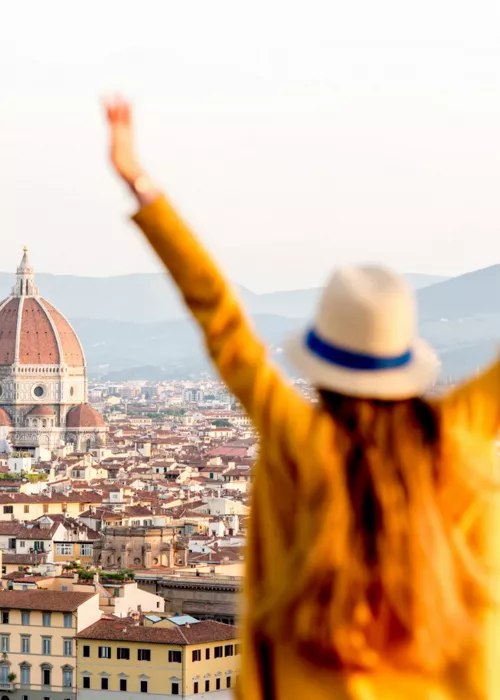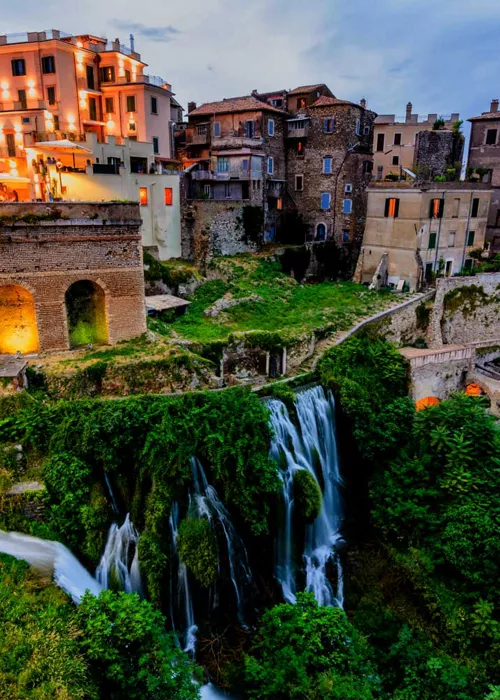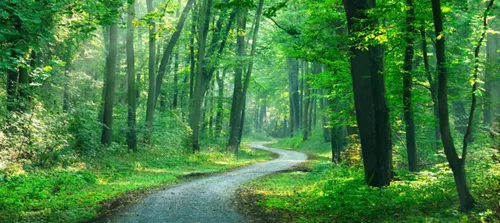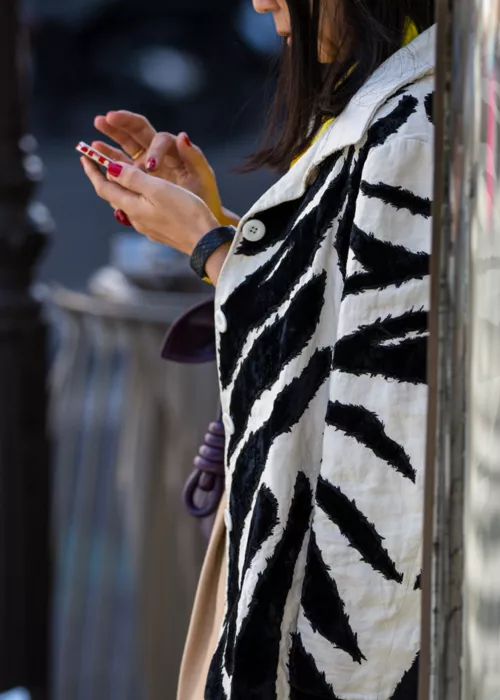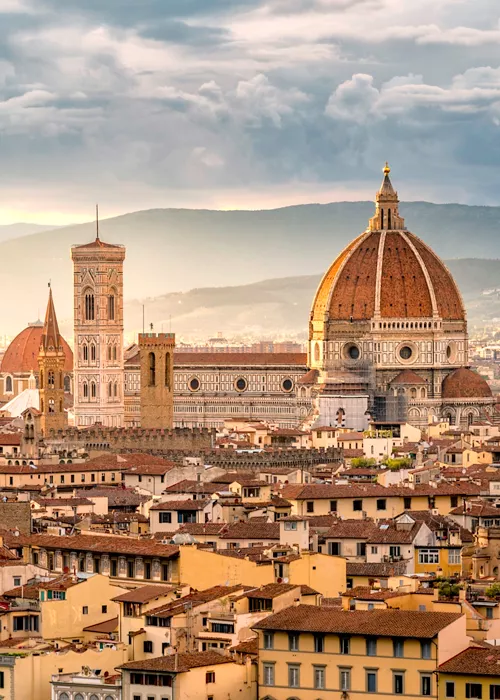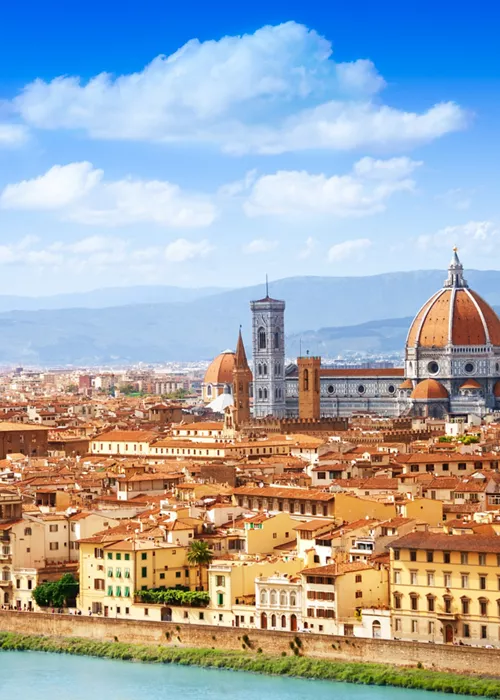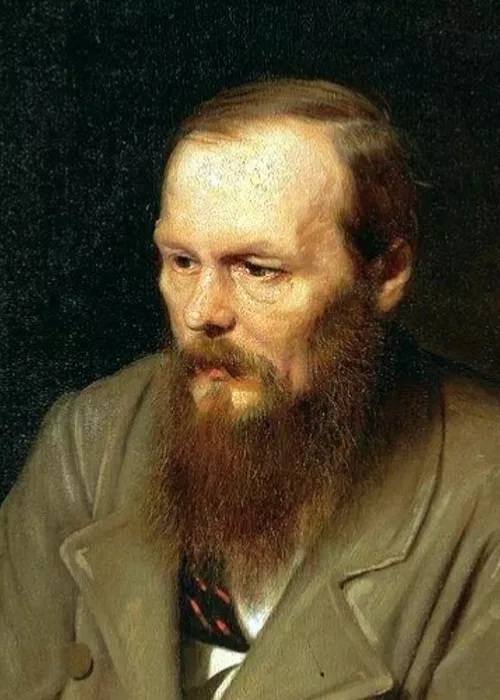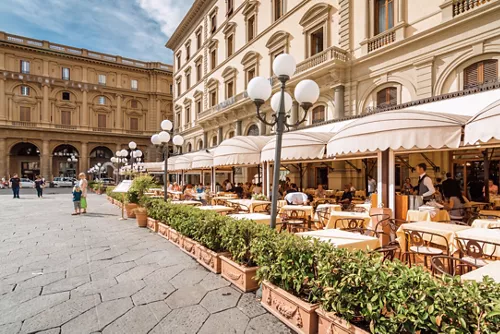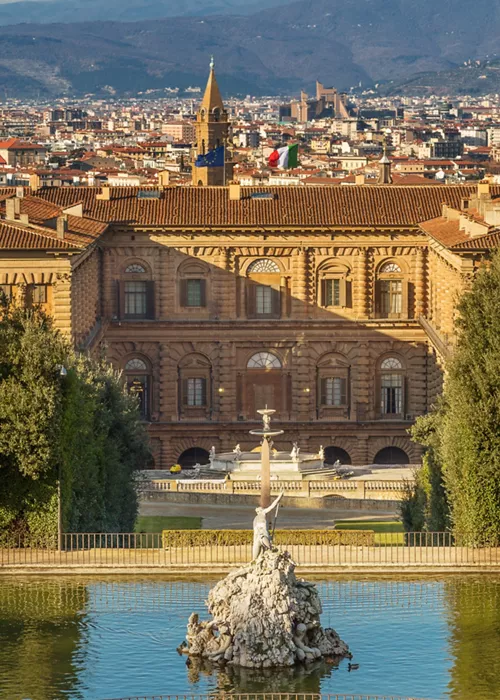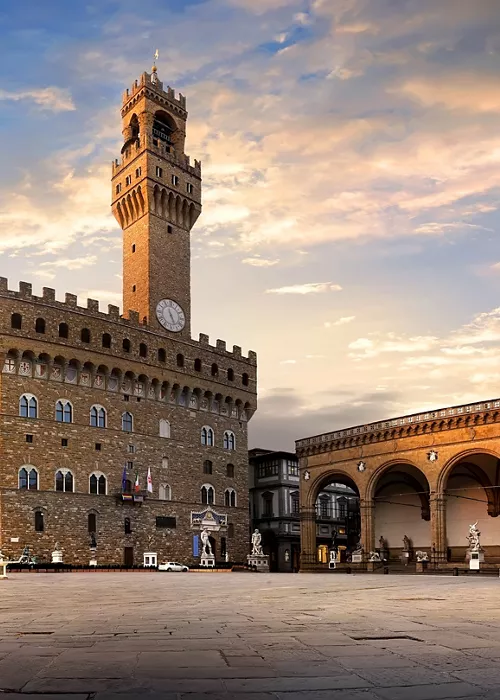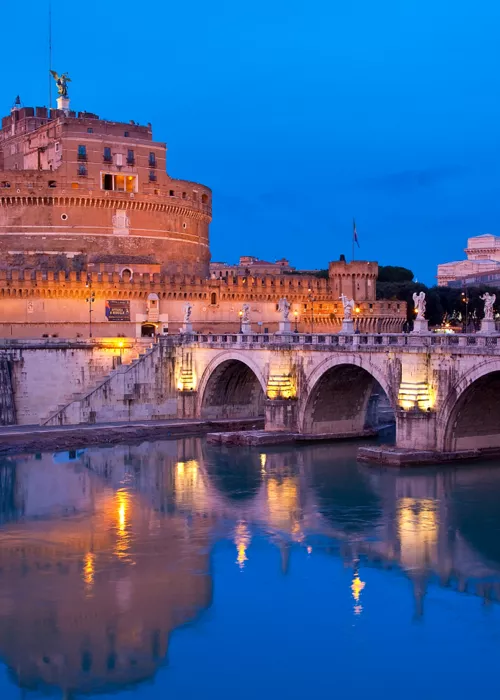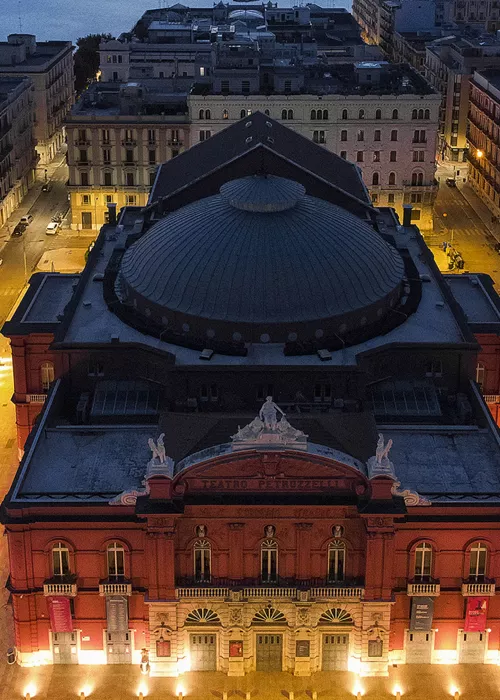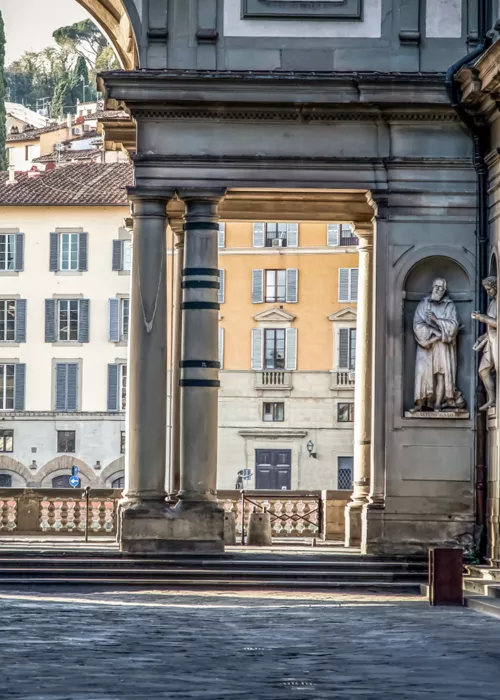Il centro storico di Firenze, tra i più belli al mondo
4 minuti
Firenze è una città che stupisce, seduce e rimane nel cuore. Il capoluogo toscano è un museo a cielo aperto ricco di capolavori architettonici e opere d’arte uniche al mondo.
Ad ogni angolo una meraviglia tanto che il suo centro storico, racchiuso nell’antico tracciato delle mura medievali, è dal 1982 Patrimonio dell’Umanità Unesco.
Cosa dovete sapere del centro storico di Firenze
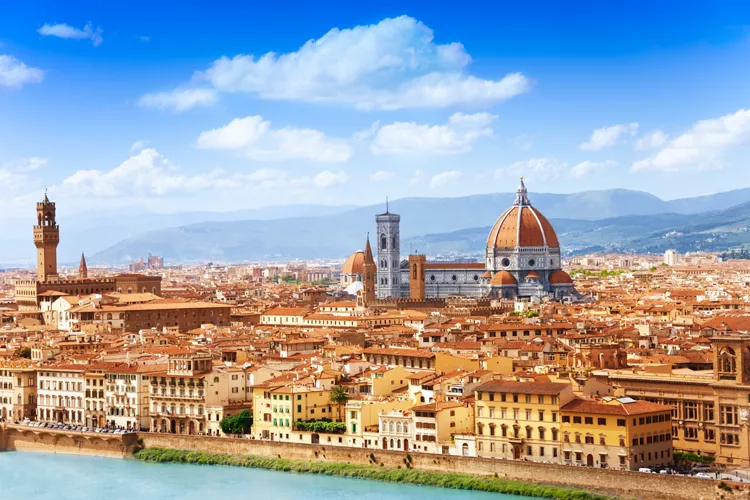
Il centro storico di Firenze è uno scrigno di tesori che per secoli è stato delimitato dalle mura del XIII secolo. Dell'antico perimetro oggi restano soltanto le torri monumentali e le due fortezze, la fortezza di San Giovanni Battista a nord e il Forte di San Giorgio a Belvedere nella zona dell'Oltrarno a sud.
Tra il vivace quartiere di San Lorenzo e il piccolo quartiere di Santa Croce Firenze racchiude la più forte concentrazione di opere d’arte conosciute in tutto il mondo. Vi basterà passeggiare lungo il suo centro storico per ammirare un capolavoro dietro l'altro: la Cattedrale di Santa Maria del Fiore in Piazza del Duomo, il Palazzo Vecchio in Piazza della Signoria, la Galleria degli Uffizi e Ponte Vecchio, Palazzo Pitti e il Giardino di Boboli. E ancora la Basilica di Santa Maria Novella, la Galleria dell’Accademia e la Basilica di Santa Croce.
Storia e informazioni sul centro storico di Firenze
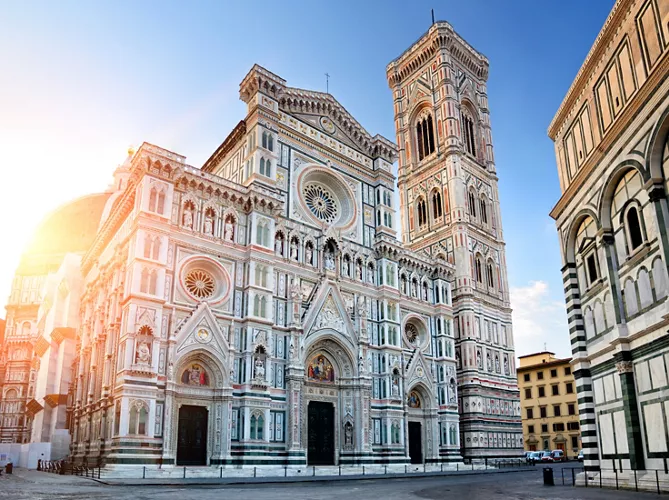
La storia di Firenze inizia nel 59 a.C. con la fondazione, da parte dei Romani, del villaggio di Florentia sui resti degli antichi insediamenti della Firenze etrusca. A partire dall'anno 1000 lo splendore di Firenze crebbe in modo esponenziale secolo dopo secolo e anche il suo centro storico si ampliò. Per secoli il centro era delimitato a nord dalle mura, oggi i viali di Circonvallazione della città, e a sud dall'argine del fiume Arno. Dopo il 1400, quando le ricche famiglie fiorentine iniziarono a costruire oltre il fiume, la zona dell'Oltrarno divenne parte del centro storico.
La città, per alcuni anni Capitale d'Italia, è legata indissolubilmente agli intellettuali e artisti che hanno fatto la storia dell'arte e della letteratura dal Duecento al Rinascimento come Petrarca e Boccaccio, Dante Alighieri e Lorenzo de’ Medici, Filippo Brunelleschi e Michelangelo Buonarroti, Leonardo da Vinci e Niccolò Machiavelli.
Perché è sito UNESCO
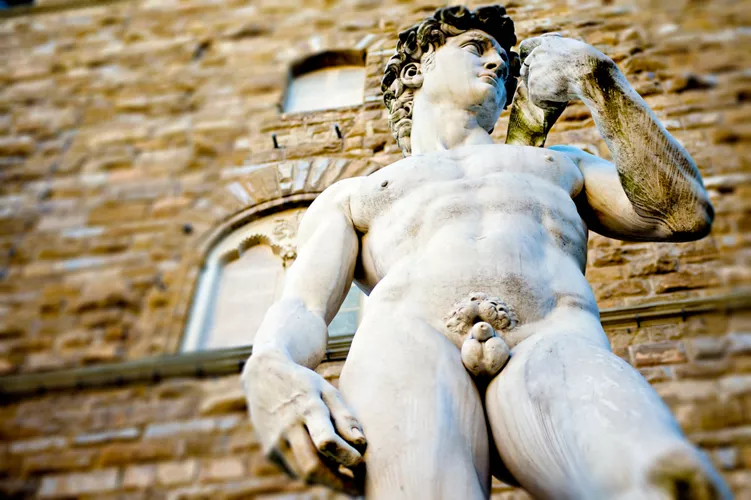
Il centro storico di Firenze, testimonianza eccezionale della Firenze mercantile del medioevo e della Firenze culla del Rinascimento italiano, è Patrimonio dell'Umanità dell'Unesco dal 1982 ed è stato uno dei primi siti a ottenere il riconoscimento dopo la città storica di Roma e il cenacolo di Leonardo da Vinci a Milano.
L'ente delle Nazioni Unite ha riconosciuto nell'insieme urbano fiorentino la più forte concentrazione di opere d’arte conosciute in tutto il mondo, una realizzazione artistica unica, un capolavoro di arte medievale e arte rinascimentale che ha influenzato lo sviluppo dell’architettura e delle arti monumentali nel resto d'Italia e d'Europa.
Cosa vedere nel centro storico di Firenze
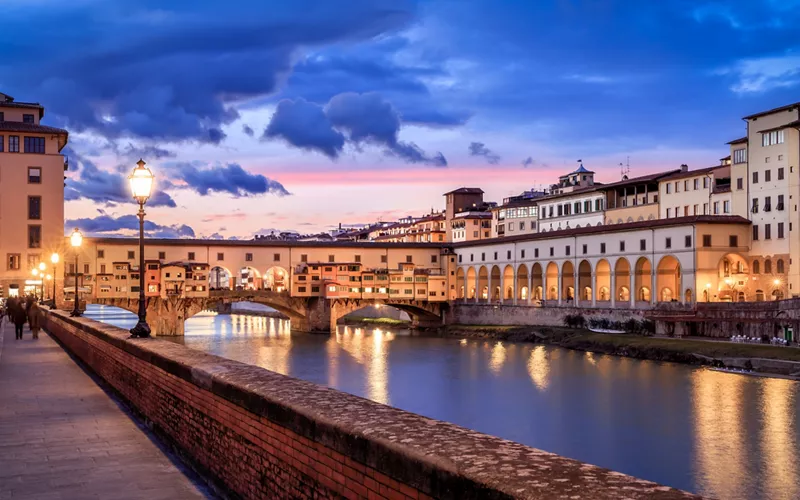
Ogni angolo del centro storico di Firenze è ricco di cose da vedere. Se visitate la città per la prima volta preparatevi a una passeggiata fatta di tantissime soste per apprezzare i capolavori che per secoli hanno stupito milioni di visitatori. Il tour di questo museo a cielo aperto deve partire dal cuore della Firenze rinascimentale, la splendida piazza del Duomo che accoglie l'imponente Cattedrale di Santa Maria del Fiore, meraviglia del 1400 e terza chiesa più grande d’Europa dopo San Pietro a Roma e il Duomo di Milano. La costruzione del simbolo della città fu iniziata nel 1296, ma il suo completamento è datato 1436 con la conclusione dei lavori dell’enorme cupola a opera dell'architetto Filippo Brunelleschi.
Davanti alla cattedrale sorge il Battistero di San Giovanni con la sua pianta ottagonale e una porta in bronzo che Michelangelo definì Porta del Paradiso. Proseguite fino a Piazza della Signoria, sede del potere civile e cuore della vita sociale della città. Qui sorge il formidabile, trecentesco Palazzo Vecchio.
Davanti a Palazzo Vecchio potete avere un assaggio di uno degli emblemi del Rinascimento, il David di Michelangelo. Solo un assaggio, però, perché si tratta di una copia dell'originale, trasferita nel 1910 alla Galleria dell'Accademia per evitarne il deterioramento. Oltre al simbolo della città di Firenze, all'interno della Galleria, situata nella zona nord del centro, vi aspettano altre 4 imponenti sculture non finite di Michelangelo, originariamente destinate alla tomba di papa Giulio II a Roma.
La Loggia della Signoria è una piccola galleria d’arte da cui potete raggiungere la Galleria degli Uffizi e concedervi qualche ora tra i capolavori di Raffaello e Botticelli, opere di Giotto, Tiziano, Pontormo, Caravaggio e Leonardo da Vinci.
Lasciati gli Uffizi, incamminatevi sul magico Ponte Vecchio, altro simbolo della città di Firenze con le sue botteghe storiche di orafi ed argentieri. Sopra al ponte si nasconde il Corridoio Vasariano, un passaggio progettato da Vasari e utilizzato dai Medici per raggiungere Palazzo Pitti, loro residenza storica. Percorrere Ponte Vecchio è un'esperienza unica, ma per ammirarlo dall’esterno raggiungete Ponte Santa Trinità e ammiratelo da lì.
Palazzo Pitti ospita un importante serie di musei, primo fra tutti la Galleria palatina con capolavori di Raffaello e Tiziano. L'enorme palazzo è completato dal Giardino di Boboli, uno dei migliori esempi al mondo di giardino all'italiana e vero polmone verde di Firenze.

